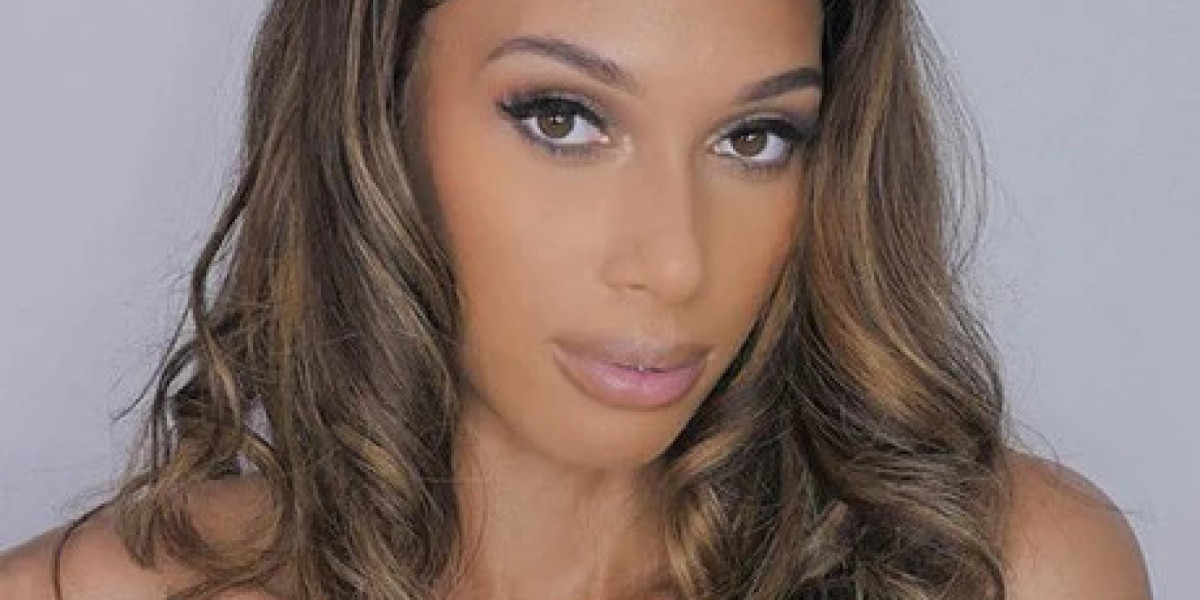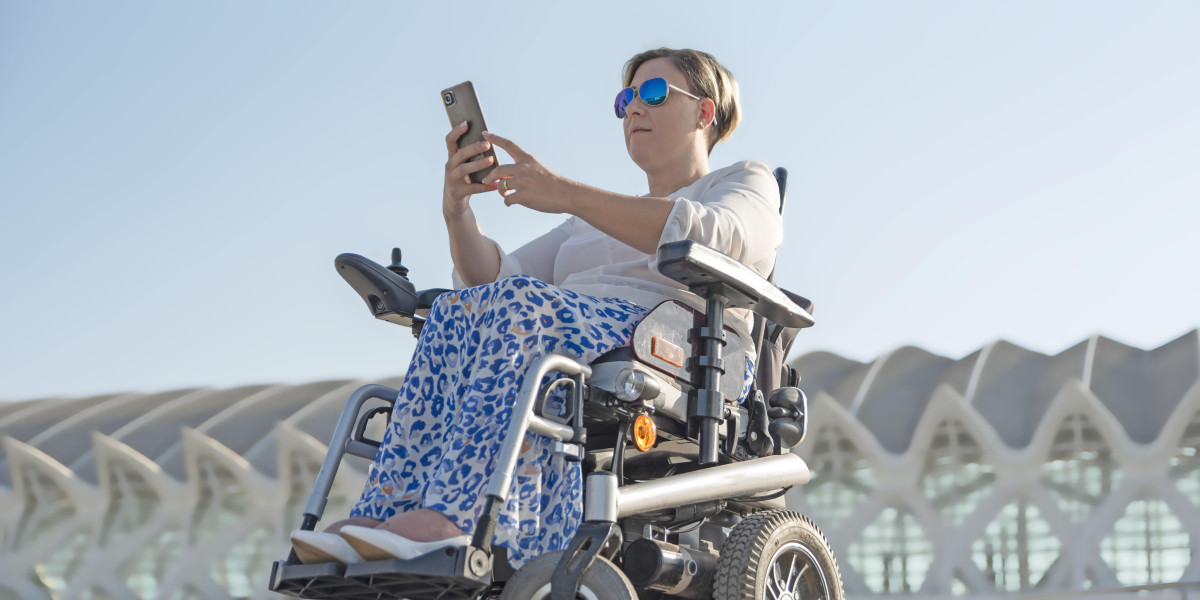Choosing the right hair dye for lace front wigs is critical to preserving its signature bouncy texture, avoiding damage, and achieving a shade that complements your skin tone. The process hinges on the wig’s material (human hair vs. synthetic—only human hair can be dyed with standard products) and prioritizing formulas that protect the wig’s structure. Below is a step-by-step guide to make the best choice:
Step 1: Confirm the Wig is Dyeable (Only Human Hair Qualifies)
First and foremost: Synthetic lace front wigs cannot be dyed with traditional hair dye (permanent, semi-permanent, or bleach). Synthetic fibers (e.g., kanekalon) are plastic-based and will not absorb dye—instead, dye will sit on the surface, cause discoloration, or melt/stiffen the fibers, ruining the wave pattern.
Only 100% human hair lace front wigs (especially Remy or virgin human hair, where cuticles are aligned) can be safely dyed. If your wig is labeled “human hair blend” (mixed with synthetic fibers), avoid dyeing it—blends often react unpredictably, with synthetic strands resisting color and human strands absorbing it unevenly.
Step 2: Choose the Right Dye Type (Prioritize Gentleness for Waves)
Human hair lace front wigs rely on moisture and intact cuticles to maintain their S-shaped pattern. Harsh dyes can strip moisture, weaken fibers, and loosen waves—so prioritize gentle, low-damage formulas. Below is a breakdown of dye types, ranked by suitability:
| Dye Type | How It Works | Suitability for lace front wigs | Pros | Cons |
| Demi-Permanent Dye | Deposits color without ammonia; penetrates the hair cuticle slightly (lasts 4-6 weeks). | ★★★★★ (Most Recommended) | - No ammonia = minimal damage to waves.<br>- Adds moisture (many formulas have conditioning agents).<br>- Fades gradually, avoiding harsh root lines.<br>- Ideal for darkening or enhancing existing shades (e.g., warm brown to caramel). | - Cannot lighten hair (only deposits color).<br>- Shorter lifespan than permanent dye. |
| Semi-Permanent Dye | Coats the hair surface (no ammonia/peroxide); does not penetrate cuticles (lasts 2-4 weeks). | ★★★★☆ | - Extremely gentle—safe for fragile human hair wigs.<br>- Adds shine and temporarily boosts color (e.g., refreshing faded deep brown to rich chestnut).<br>- Easy to remove with regular washing. | - Cannot lighten hair.<br>- Fades quickly (may need reapplication).<br>- May transfer to clothing if wet. |
| Permanent Dye | Uses ammonia and peroxide to lift pigment and deposit color (lasts until hair grows out). | ★★★☆☆ (Use with Caution) | - Long-lasting color.<br>- Can lighten hair (if you need a lighter shade, e.g., dark brown to honey blonde). | - Ammonia strips moisture = high risk of frizzy, loose waves.<br>- Peroxide weakens hair fibers (may cause breakage over time).<br>- Hard to correct if the color is wrong. |
| Bleach (Lightener) | Removes natural pigment to lighten hair (used before dyeing for light shades like platinum). | ★★☆☆☆ (High Risk) | - Necessary only if you want to go from dark to very light (e.g., black wig to blonde). | - Extremely damaging—bleach breaks down hair proteins, which can destroy the deep wave pattern (waves may become straight or frizzy).<br>- Requires a developer (stick to 10-20 volume to minimize harm). |
Step 3: Match the Dye Shade to Your Skin Tone (Avoid Washed-Out Results)
The goal of coloring is to complement your skin’s undertone—this ensures the wig looks natural, not jarring. Use your skin’s warm/cool/neutral undertone to narrow down shades:
For Warm Undertones (Veins look green; skin has yellow/olive hints)
Choose dyes with warm undertones to neutralize yellowish skin and boost radiance:
- Shades: Honey blonde, caramel brown, golden copper, chestnut, warm auburn.
- Example: If your wig is currently light brown, a demi-permanent honey blonde dye will add warmth that flatters olive skin.
For Cool Undertones (Veins look blue/purple; skin has pink/red hints)
Choose dyes with cool undertones to enhance brightness and avoid clashing with pink skin:
- Shades: Ash brown, platinum blonde, cool black, mauve-brown, silver-blonde.
- Example: A semi-permanent ash brown dye will refresh a faded cool-toned wig and complement fair, pinkish skin.
For Neutral Undertones (Veins are a mix of blue/green; skin is balanced)
You can experiment with both warm and cool shades—opt for soft, balanced tones for a natural look:
- Shades: Beige blonde, light mocha brown, champagne brown, soft chestnut.
Step 4: Check for Wig-Friendly Ingredients (Avoid Harsh Chemicals)
Even “gentle” dyes can contain ingredients that damage lace front wigs. Look for these labels to protect texture and moisture:
- Ammonia-free: Ammonia opens the hair cuticle aggressively, leading to dryness and frizz—critical to avoid for maintaining waves.
- Sulfate-free: Sulfates (common in some dye formulas) strip hair of natural oils; choose sulfate-free dyes to preserve the wig’s softness.
- Conditioning agents: Dyes with built-in oils (e.g., argan oil, coconut oil) or keratin will hydrate the wig as it colors, keeping waves bouncy.
- Low-volume developer: If using permanent dye or bleach, pair it with a 10-20 volume developer (never 30+). Higher volumes = more peroxide = more damage to wave structure.
Step 5: Test First (Prevent Disaster)
Always do a strand test before coloring the entire wig—this is non-negotiable for avoiding uneven color or destroyed waves. Here’s how:
1. Snip a small, hidden section of the wig (e.g., from the inner layer or nape area—about 1-2 inches long).
2. Apply the dye (and developer, if using) exactly as instructed on the package.
3. Rinse, dry, and inspect the strand:
- Check if the color matches your desired shade.
- Feel the texture—if it’s dry, frizzy, or the wave pattern is loose, the dye is too harsh.
- If the strand looks and feels healthy, proceed with coloring the rest of the wig.
Step 6: Avoid Common Mistakes
- Don’t over-process: Never leave dye on longer than the instructions say—over-processing dries out hair and ruins waves.
- Don’t dye wet hair: Wigs (like natural hair) absorb dye unevenly when wet. Always color on dry, detangled hair.
- Don’t skip aftercare: After coloring, wash the wig with a sulfate-free, color-protecting shampoo and conditioner. Air-dry it on a wig stand to preserve the wave shape—never blow-dry on high heat.
Final Recommendations for Best Results
- For darkening or enhancing color: Use an ammonia-free demi-permanent dye (e.g., Clairol Natural Instincts, Garnier Nutrisse Demi-Permanent).
- For temporary color refresh: Use a semi-permanent dye (e.g., Manic Panic, Arctic Fox—vegan, conditioning formulas).
- For lightening (only if necessary): Use a low-volume (10-20) bleach + ammonia-free permanent dye (e.g., Wella Color Charm) and follow with a deep conditioning mask.
- When in doubt: Consult a professional hairstylist who specializes in wig coloring—they can tailor the dye to your wig’s texture and your skin tone, minimizing risk.
By following these steps, you’ll choose a dye that colors your lace front wigs beautifully while keeping its signature bouncy, defined texture intact.







